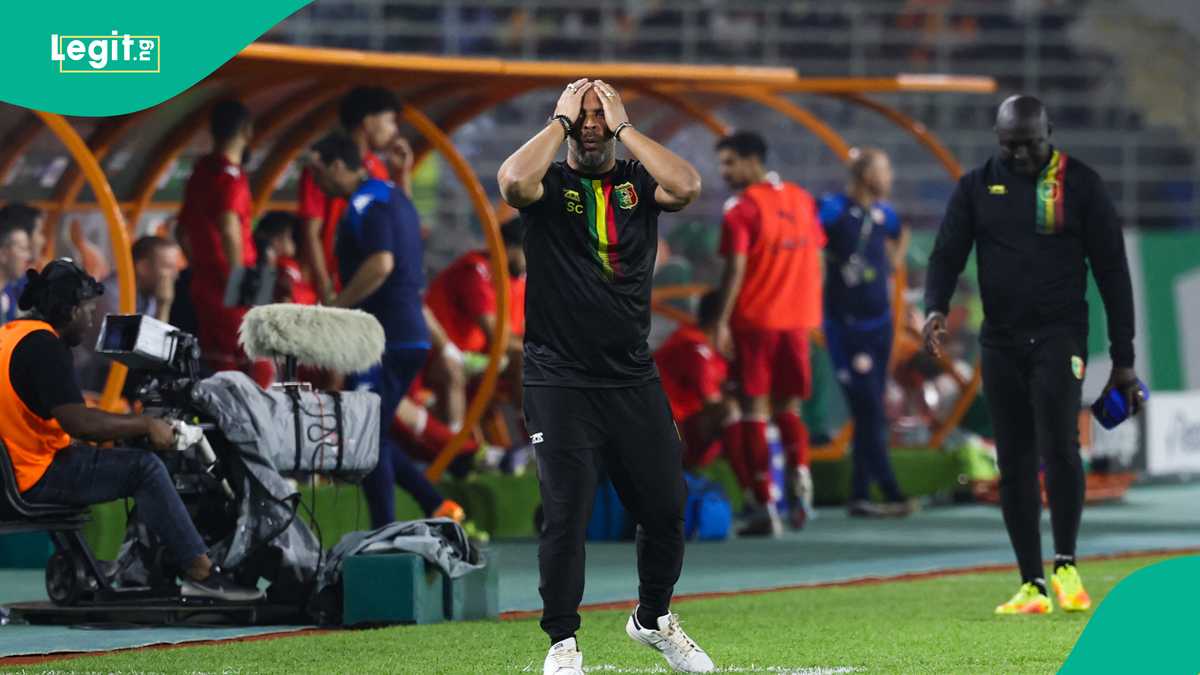Dr. Jahnna Levy is an interventional pain and sports medicine physician. She practices at Garden State Pain Control and specializes in pain management for spine and sports injuries. Dr. Levy served as Chief Resident at both the Manhattan Veterans Affairs Hospital and Bellevue Hospital, and she has extensive training in non-surgical orthopedic procedures and injections for spine and joint pain.
The Truth About Back Cracking and Grinding
Back cracking can occur whenever the spine’s facet joints are manipulated out of or into their normal position, such as when twisting the lower back or neck. When the facet joints move like this, they can produce an audible crack or pop along with a grinding sensation or sudden relief of pressure.
There are two facet joints at each level of the spine, one on the right and the other on the left side. Each facet joint consists of a bony protrusion from the upper and lower vertebrae that are connected together by synovium and a network of ligaments.
Watch Facet Joint Anatomy Animation
Back cracking, also called crepitus, is a common occurrence that differs slightly for everyone. Cracking the facet joints is typically not painful or cause for concern.
There is no consensus on what causes joints to crack or on the potential long-term effects of frequent back cracking. The mechanisms that cause joints to crack or grind can differ from person to person. There are three primary theories about why facet joints crack, pop, or grind:
After a joint is cracked, it can take about 20 minutes for it to be able to crack again. It is thought that during this refractory period, the joint needs to “reset,” or return to its previous position and pressure. Forcing the joint to crack again as it resets is not advised, as doing so can push the joint past its comfortable range and strain the surrounding ligaments.
The exact mechanics of facet joint cracking and its possible effects are not fully understood. The effects of joint cracking likely vary due to individual differences in overall muscle and joint function. As a general rule, cracking the spinal joints does not cause pain or necessitate medical attention.
Cracking the facet joints is known to provide temporary relief from low back stiffness or joint pressure. More research is needed to identify any long-term benefits of back cracking.
Manual manipulation, a common method of back and neck pain relief, may focus on adjusting the facet joints to provide a healing environment and reduce pain. These adjustments may create a cracking sound.
Medical literature suggests that manual manipulation of the facet joints can contribute to decreased stiffness, improved range of motion, and a temporary reduction in pain.2Furlan A, Tazdi F, Tsertsvadze A, et al. Complementary and Alternative Therapies for Back Pain II. Evidence Report/Technology Assessment No. 194. AHRQ Publication No. 10(11) E007. Rockville, MD; Agency for Healthcare Research and Quality. October 2010. Accessed February 3, 2017. Manual manipulation, also called spinal adjustments, is commonly provided by chiropractors and osteopathic physicians.
If back cracking is paired with troubling or painful symptoms, it may indicate a structural or degenerative problem with the joint. If the following occurs with facet joint cracking, medical attention may be warranted:
If any of the above symptoms, or other concerning symptoms, are present it is advisable to consult a physician for diagnosis and treatment.
There is little consensus regarding the long-term implications of habitual joint cracking. It is thought that when a joint is repeatedly cracked, it is consistently pulled out of its natural position, which may cause the ligaments around the joint to loosen over time. Currently there is no known correlation with joint cracking and degenerative changes.








